#Hubble
Text

"CAPE CANAVERAL, Fla. –– Space shuttle Atlantis on Launch Pad 39A is viewed across the lagoon at NASA's Kennedy Space Center in Florida. Atlantis is targeted to launch May 12 on the STS-125 mission to upgrade NASA's Hubble Space Telescope."
Photo credit: NASA/Jack Pfaller
Date: April 18, 2009
NASA ID: KSC-2009-2756
#STS-125#Space Shuttle#Space Shuttle Atlantis#Atlantis#OV-104#Orbiter#NASA#Space Shuttle Program#LC-39A#Kennedy Space Center#Florida#April#2009#my post
73 notes
·
View notes
Text

Observable Universe
The observable universe is approximately 93 billion light-years in diameter. This number is derived from several considerations. A light-year, the distance light can travel in one Earth year, is 9.46 trillion kilometres (5.88 trillion miles). The estimated age of the universe since the big bang is 13.8 billion years, so the light emitted by objects in space that humans can see has been traveling toward Earth for no more than 13.8 billion years. That would seem to indicate that the observable universe is 13.8 billion light-years in any direction from Earth and 27.6 billion light-years in diameter. However, according to Hubble’s law, space has been expanding since the big bang, and thus the observable universe continues to expand as well. Calculations of this expansion show that objects that emitted light 13.8 billion years ago, from a distance of 13.8 billion light-years, are now even farther away from Earth—46 billion light-years away, approximately. This means that the observable universe is more than 46 billion light-years in any direction from Earth and about 93 billion light-years in diameter.
Given the constant expansion of the universe, the observable universe expands another light-year every Earth year. At the same time, light from objects that are ever farther away continues to reach Earth for the first time, meaning that humans are able to see more and more of the universe with the passing of time. While humans will never be able to see the entire universe from Earth, only the relatively small bubble of the observable universe, the sphere of observation is ever expanding.
~Map of the Universe~
from the Milky Way to the edge of what can be seen:
46 notes
·
View notes
Text
Sleep Zones!


look at them!! they're the qpr ever
(id under cut :3)
IDs:
First image: A comic page, all drawn in pencil. On the right side, Lizzie Lafayette from Just Roll With It: Riptide is floating, in her bra and underwear, with her eyes closed with a sign reading "Sleep Zones" under her. There is an arrow pointing up to her on this sign, and pink areas are colored on her hips, belly, shoulders, and head, highlighting the "sleep zones". The panels warp around this drawing of Lizzie. The first panel of the first page has Lizzie yawning and laying on her side with her eyes closed. The second panel is Caspian from Just Roll With It: Riptide, leaning over and looking in Lizzie's direction. He says, "Do you want me to help you undress?" The next panel, Caspian is leaning into Lizzie, who has cartoonish squinting eyes. Lizzie says "Hmphh...". Caspian says, "Then you can go to sleep right after you finish your work. In the next panel, Lizzie says "Fine..." while looking disgruntled. The next panel is Caspian looking off to the side and talking while he removes Lizzie's shirt, and his hand lands on one of the Sleep Zones, Lizzie's hip. This is highlighted in pink. The next panel has Caspian pulling off Lizzie's shorts, and his hands land on Lizzie's hip and belly (both sleep zones and highlighted in pink). Lizzie looks much more tired in this panel, and her eyes are closing.
Second Image: The second page of the comic. The first panel of the second page has Caspian rubbing Lizzie's shoulders (sleep zones, in pink). The next panel is Lizzie yawning loudly, and Caspian giggles with one hand still on Lizzie's shoulder. The next panel has Lizzie yawning even louder; Caspian and Lizzie are both drawn very small while the word "yawn" is very large above their heads. The next panel has Lizzie with her eyes fully closed and Caspian sitting next to her, saying "Sleepy?". At the bottom of the page is a bigger drawing of Caspian and Lizzie. Caspian is petting the top of Lizzie's head (a sleep zone, highlighted in pink) and smiling. Lizzie says "I know what you're doing...", and Caspian asks, "Is it working?" Lizzie then says, "Yes...". Below this speech bubble is smaller writing, speech from Caspian, saying "Why don't you sleep then, darling?" The words "The End" are written next to this drawing.
#hubble sketches#jrwi#jrwi fanart#comic#jrwi show#jrwi riptide#lizzie lafayette#jrwi lizzie#lizzie jrwi#caspian jrwi#jrwi caspian#rosewater jrwi#rosewater#THE QPR EVER#nonsexual nudity#kinda.#just in case#APOLOGIES ABOUT THE SMALL WRITING
18 notes
·
View notes
Text
From the article:
NASA has released a free, original tabletop role-playing game, and it’s one part educational experience and another part sci-fi/fantasy epic with magic and dragons.
The crux of The Lost Universe, the organization’s first TTRPG,involves a mystery: What would happen if the Hubble Space Telescope disappeared? It’s a simple premise and one that hides the complex backstory underscoring the events of the role-playing game. Without getting into the weeds, the game takes place on a planet called Exlaris, which was once thrown into chaos when a black hole moved too close and kicked it out of its orbit. The planet has since gone back to some degree of normalcy and is now almost completely dedicated to academia. In one city, a scholar named Eirik Hazn made a spell to connect with Earth to study the Hubble Space Telescope, which has famously collected data on black holes. However, the spell and telescope are stolen by a dragon, and researchers working on the project have been disappearing, so the players — Earthlings who worked on the telescope at NASA who were brought through a portal to Exlaris — have to save the day.
The official 44-page gameplay book is available to download for free on NASA’s website. You can play it in a party with 4-7 players, but you may need to fudge a few things to graft this narrative onto your TTRPG system of choice. The book says it’ll take around 3-4 hours to get through the adventure.
17K notes
·
View notes
Text
Close up of Pluto from the New Horizons space probe.
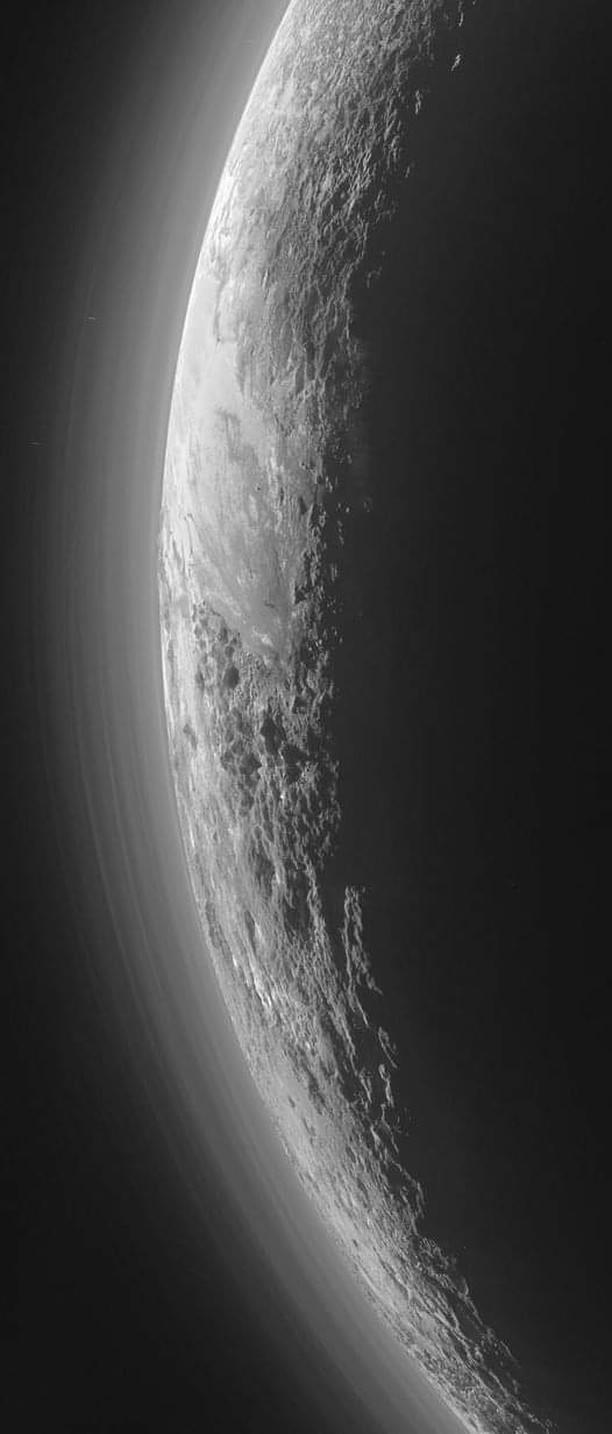
Will be adding several more photos to this same post
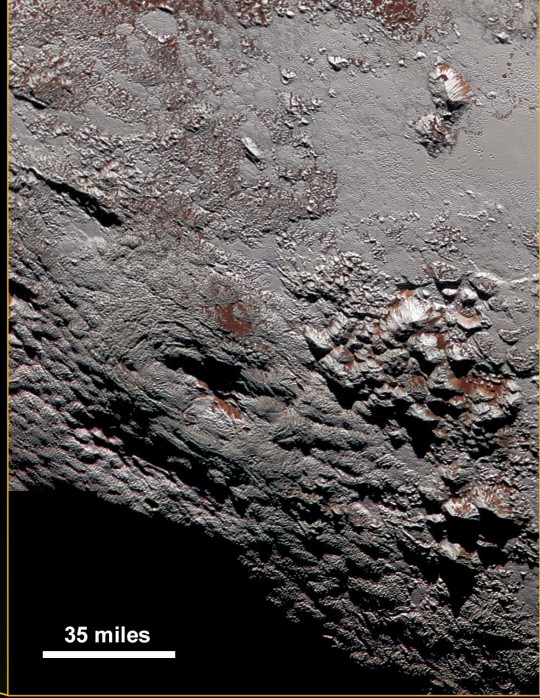


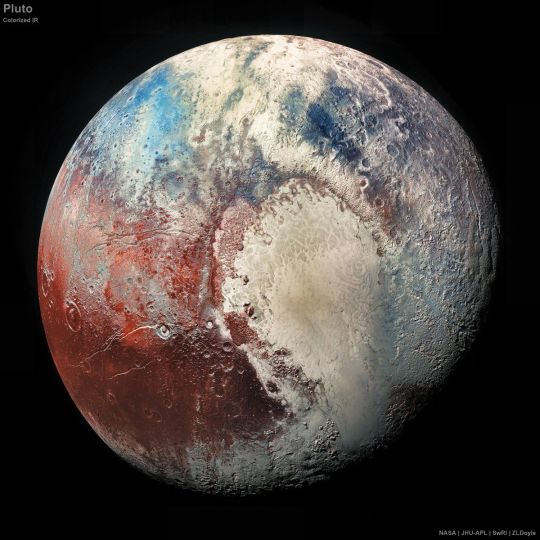

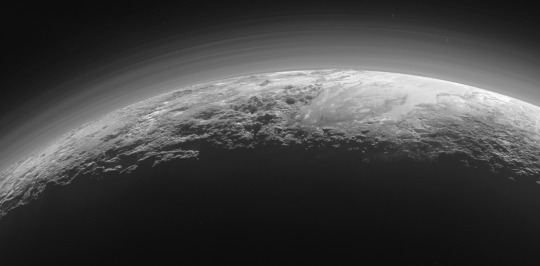

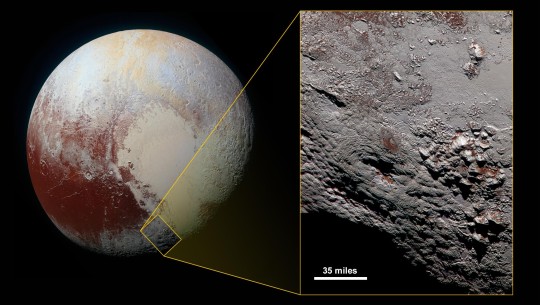
#astronomy#nasa#astronomers#universe#astrophotography#nasa photos#nasawebb#astrophysics#outer space#hubble space telescope#astrology#astronomy photography#astronomy picture of the day#astro observations#astro notes#astro community#astrography#our universe#nebula#pluto#planets#planet#nasa picture of the day#goddard space flight center#galaxies#galaxy#spacecraft#new horizons#space exploration#space
18K notes
·
View notes
Text

Bon Voyage
#''We kissed her nose and wished her bon voyage‚ knowing that she would not survive the flight.''#laika#laika the space dog#soviet space program#the background is heavily inspired by hubble photographs#particularly the older ones#art#illustration#colored pencil#april 14 1958 laika disintegrated upon re-entering the earths atmosphere
17K notes
·
View notes
Text
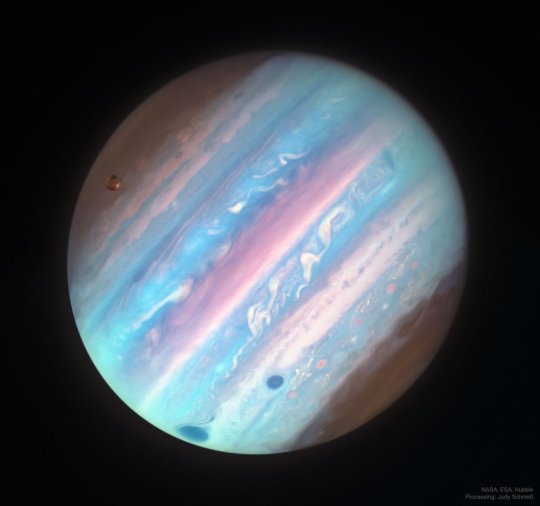
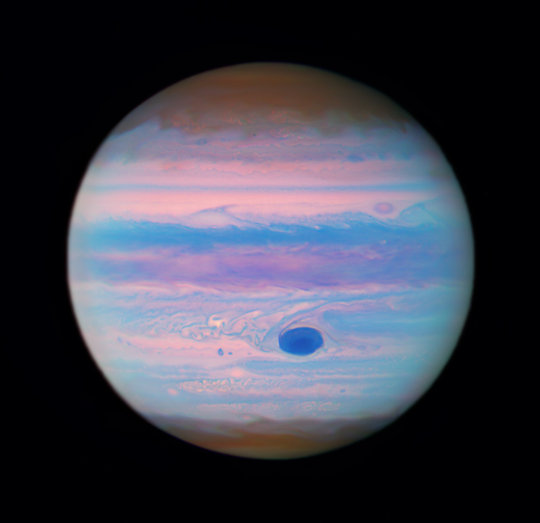
Jupiter in Ultraviolet from ESA/Hubble
#space#jupiter#astrophotography#nasa#hubble space telescope#universe#planet#solar system#galaxy#astronomy#cosmos
12K notes
·
View notes
Text
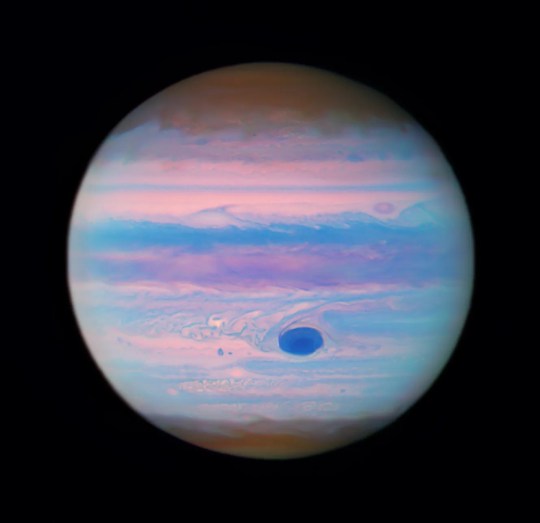
NASA's Hubble Space Telescope reveals an ultraviolet view of Jupiter.
Image Credit: NASA
7K notes
·
View notes
Text
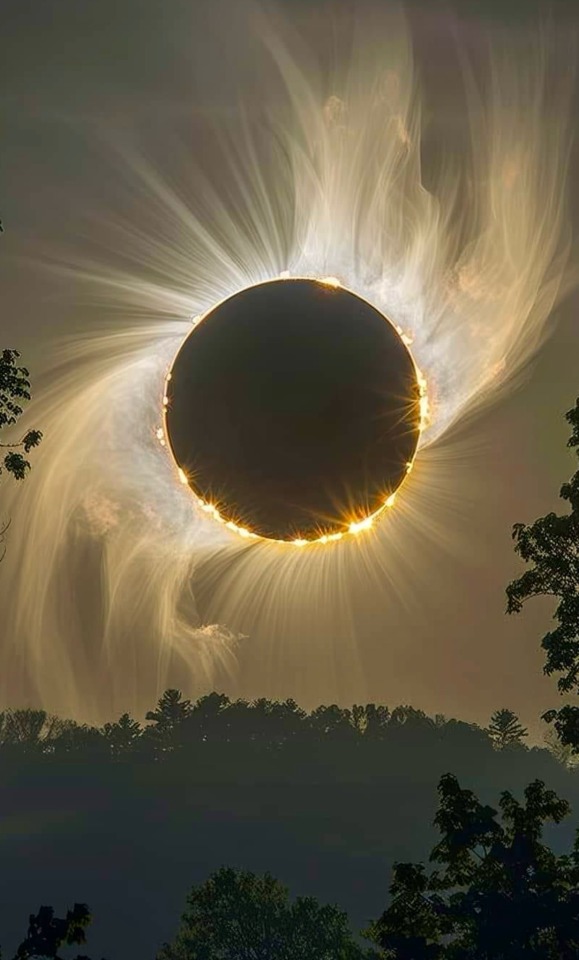
One of the best shots of the total solar eclipse on April 8, 2024
A clear view of the corona sun.
JWST ● Hubble ● NASA Missions & Astronomical Discoveries.
4K notes
·
View notes
Text
NASA Inspires Your Crafty Creations for World Embroidery Day
It’s amazing what you can do with a little needle and thread! For #WorldEmbroideryDay, we asked what NASA imagery inspired you. You responded with a variety of embroidered creations, highlighting our different areas of study.
Here’s what we found:
Webb’s Carina Nebula
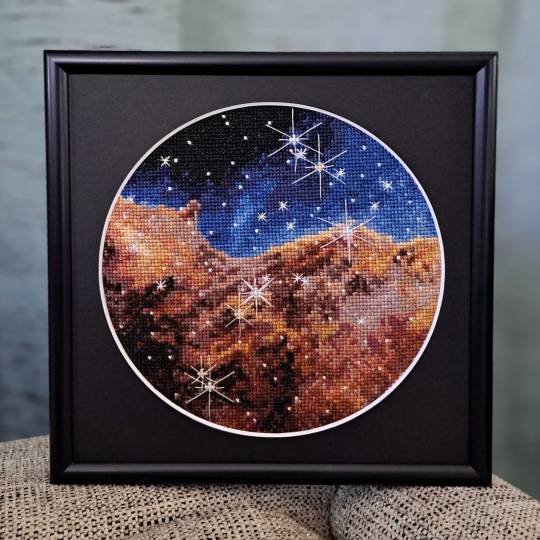
Wendy Edwards, a project coordinator with Earth Science Data Systems at NASA, created this embroidered piece inspired by Webb’s Carina Nebula image. Captured in infrared light, this image revealed for the first time previously invisible areas of star birth. Credit: Wendy Edwards, NASA. Pattern credit: Clare Bray, Climbing Goat Designs
Wendy Edwards, a project coordinator with Earth Science Data Systems at NASA, first learned cross stitch in middle school where she had to pick rotating electives and cross stitch/embroidery was one of the options. “When I look up to the stars and think about how incredibly, incomprehensibly big it is out there in the universe, I’m reminded that the universe isn’t ‘out there’ at all. We’re in it,” she said. Her latest piece focused on Webb’s image release of the Carina Nebula. The image showcased the telescope’s ability to peer through cosmic dust, shedding new light on how stars form.
Ocean Color Imagery: Exploring the North Caspian Sea
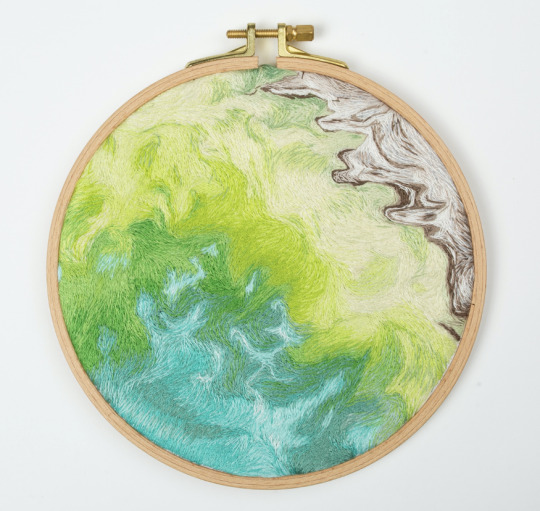
Danielle Currie of Satellite Stitches created a piece inspired by the Caspian Sea, taken by NASA’s ocean color satellites. Credit: Danielle Currie/Satellite Stitches
Danielle Currie is an environmental professional who resides in New Brunswick, Canada. She began embroidering at the beginning of the Covid-19 pandemic as a hobby to take her mind off the stress of the unknown. Danielle’s piece is titled “46.69, 50.43,” named after the coordinates of the area of the northern Caspian Sea captured by LandSat8 in 2019.

An image of the Caspian Sea captured by Landsat 8 in 2019. Credit: NASA
Two Hubble Images of the Pillars of Creation, 1995 and 2015
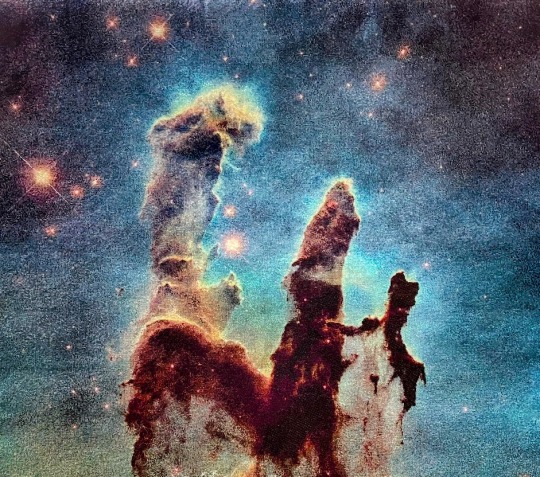
Melissa Cole of Star Stuff Stitching created an embroidery piece based on the Hubble image Pillars of Creation released in 1995. Credit: Melissa Cole, Star Stuff Stitching
Melissa Cole is an award-winning fiber artist from Philadelphia, PA, USA, inspired by the beauty and vastness of the universe. They began creating their own cross stitch patterns at 14, while living with their grandparents in rural Michigan, using colored pencils and graph paper. The Pillars of Creation (Eagle Nebula, M16), released by the Hubble Telescope in 1995 when Melissa was just 11 years old, captured the imagination of a young person in a rural, religious setting, with limited access to science education.

Lauren Wright Vartanian of the shop Neurons and Nebulas created this piece inspired by the Hubble Space Telescope’s 2015 25th anniversary re-capture of the Pillars of Creation. Credit: Lauren Wright Vartanian, Neurons and Nebulas
Lauren Wright Vartanian of Guelph, Ontario Canada considers herself a huge space nerd. She’s a multidisciplinary artist who took up hand sewing after the birth of her daughter. She’s currently working on the illustrations for a science themed alphabet book, made entirely out of textile art. It is being published by Firefly Books and comes out in the fall of 2024. Lauren said she was enamored by the original Pillars image released by Hubble in 1995. When Hubble released a higher resolution capture in 2015, she fell in love even further! This is her tribute to those well-known images.
James Webb Telescope Captures Pillars of Creation

Darci Lenker of Darci Lenker Art, created a rectangular version of Webb’s Pillars of Creation. Credit: Darci Lenker of Darci Lenker Art
Darci Lenker of Norman, Oklahoma started embroidery in college more than 20 years ago, but mainly only used it as an embellishment for her other fiber works. In 2015, she started a daily embroidery project where she planned to do one one-inch circle of embroidery every day for a year. She did a collection of miniature thread painted galaxies and nebulas for Science Museum Oklahoma in 2019. Lenker said she had previously embroidered the Hubble Telescope’s image of Pillars of Creation and was excited to see the new Webb Telescope image of the same thing. Lenker could not wait to stitch the same piece with bolder, more vivid colors.
Milky Way

Darci Lenker of Darci Lenker Art was inspired by NASA’s imaging of the Milky Way Galaxy. Credit: Darci Lenker
In this piece, Lenker became inspired by the Milky Way Galaxy, which is organized into spiral arms of giant stars that illuminate interstellar gas and dust. The Sun is in a finger called the Orion Spur.
The Cosmic Microwave Background
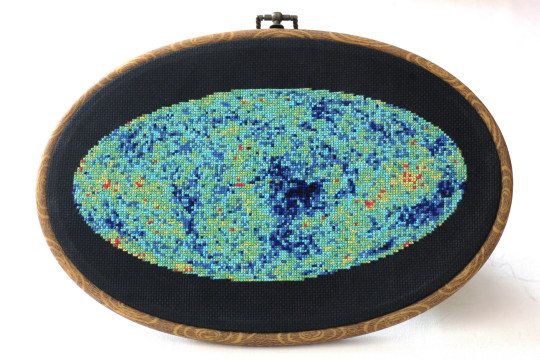
This image shows an embroidery design based on the cosmic microwave background, created by Jessica Campbell, who runs Astrostitches. Inside a tan wooden frame, a colorful oval is stitched onto a black background in shades of blue, green, yellow, and a little bit of red. Credit: Jessica Campbell/ Astrostitches
Jessica Campbell obtained her PhD in astrophysics from the University of Toronto studying interstellar dust and magnetic fields in the Milky Way Galaxy. Jessica promptly taught herself how to cross-stitch in March 2020 and has since enjoyed turning astronomical observations into realistic cross-stitches. Her piece was inspired by the cosmic microwave background, which displays the oldest light in the universe.

The full-sky image of the temperature fluctuations (shown as color differences) in the cosmic microwave background, made from nine years of WMAP observations. These are the seeds of galaxies, from a time when the universe was under 400,000 years old. Credit: NASA/WMAP Science Team
GISSTEMP: NASA’s Yearly Temperature Release

Katy Mersmann, a NASA social media specialist, created this embroidered piece based on NASA’s Goddard Institute for Space Studies (GISS) global annual temperature record. Earth’s average surface temperature in 2020 tied with 2016 as the warmest year on record. Credit: Katy Mersmann, NASA
Katy Mersmann is a social media specialist at NASA’s Goddard Space Flight Center in Greenbelt, Md. She started embroidering when she was in graduate school. Many of her pieces are inspired by her work as a communicator. With climate data in particular, she was inspired by the researchers who are doing the work to understand how the planet is changing. The GISTEMP piece above is based on a data visualization of 2020 global temperature anomalies, still currently tied for the warmest year on record.
In addition to embroidery, NASA continues to inspire art in all forms. Check out other creative takes with Landsat Crafts and the James Webb Space telescope public art gallery.
Make sure to follow us on Tumblr for your regular dose of space!
#NASA#creativity#fiber art#embroidery#art#art challenge#needlework#crafts#handmade#textile art#cross stitch#stitching#inspiration#inspo#Earth#Earth science#Hubble#James Webb Space Telescope#climate change#water#nebula#stars
6K notes
·
View notes
Text



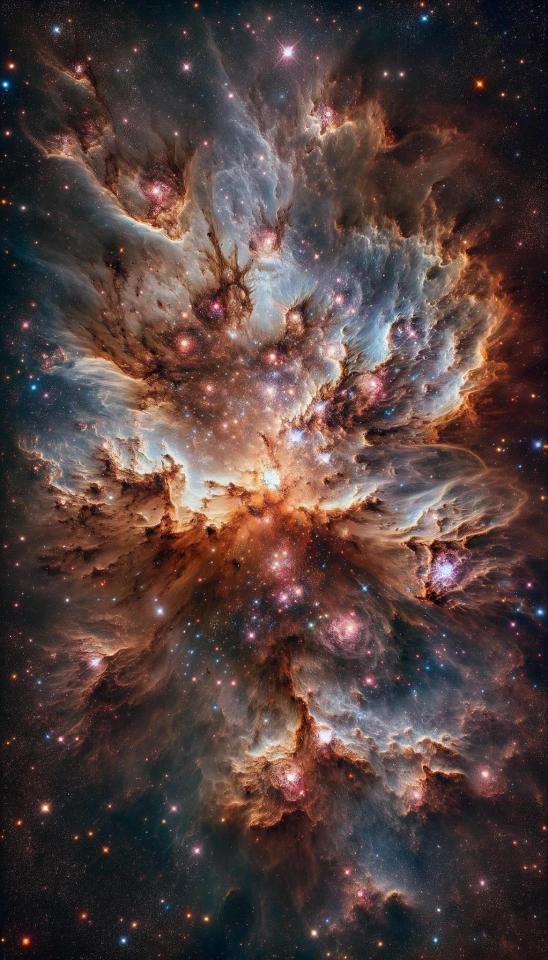
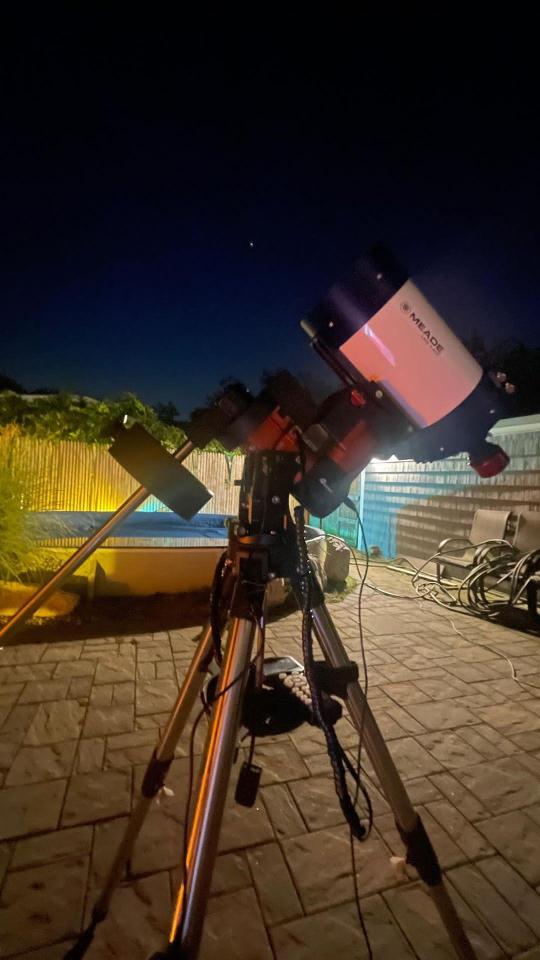
Think we're the only planet with life? 350mp quality. Remember to download to your phone and zoom in. Gets even more beautiful. Yes this is a nebula, yes I know there’s no life in a nebula. Of course these are not real photos. Duh!
#astronomers#astrophysics#astrophotography#astronomy#space station#hubble space telescope#james webb images#james webb#nasawebb#nasa#space photography#universe#astrology#astro observations#astro notes#asterion#telescope#james webb space telescope#mars planet#jupiter planet#saturn planet#planet#planets#space science#space#outer space#james webb space technology#space exploration#jet propulsion#i love astronomy
11K notes
·
View notes
Text
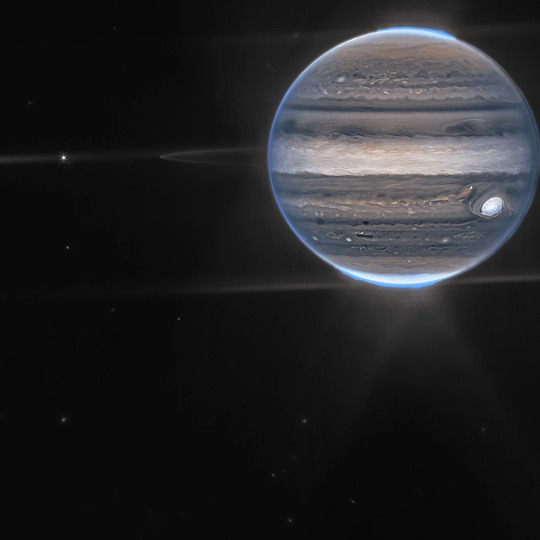
Jupiter seen from the James Webb Space Telescope
#jupiter#james webb#james webb telescope#james webb space telescope#hubble telescope#photography#nature#landscape#space
4K notes
·
View notes
Text

Sagittarius dwarf irregular galaxy (sagDIG) © Hubble
#galaxy#hubble telescope#nasa#space#astrophotography#stars#night sky#planet#universe#astronomy#cosmos#solar system
5K notes
·
View notes
Text
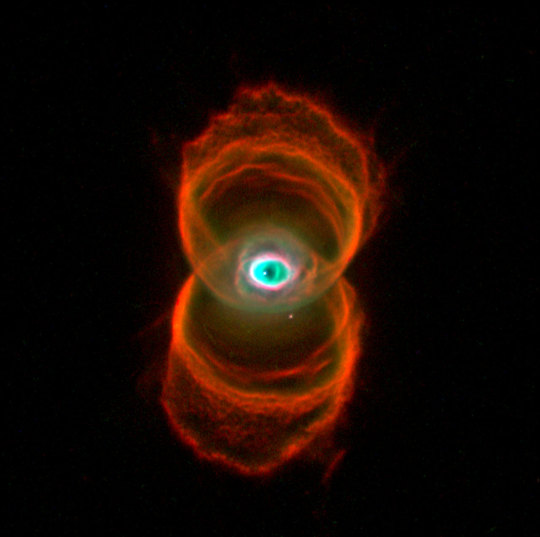
This is an image of MyCn18, a young planetary nebula located about 8,000 light-years away, taken withe Hubble Space Telescope.
Credit: NASA
4K notes
·
View notes
Text
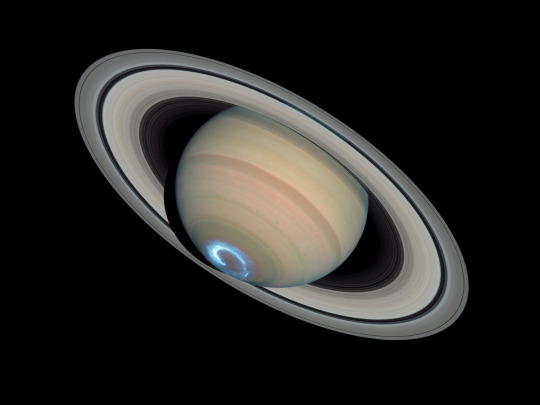
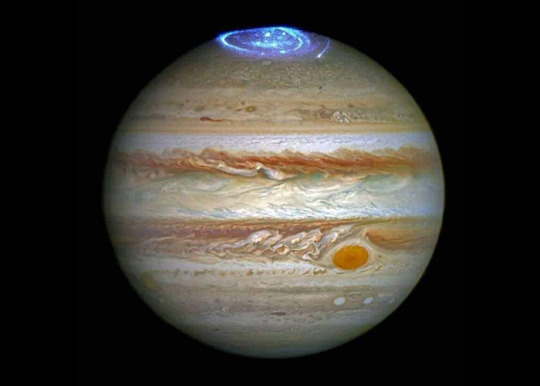
Saturn and Jupiter's Auroras l Cassini/Hubble
#nasa#cassini#hubble telescope#space#saturn#jupiter#aurora#astrophotography#astronomy#planets#solar system#universe#stars
3K notes
·
View notes
Text

Aurora Borealis on Saturn captured by the Hubble Space Telescope
#saturn#aurora#aurora borealis#space#telescope#nasa#astronomy#planets#galaxy#aesthetic#hubble space telescope
4K notes
·
View notes